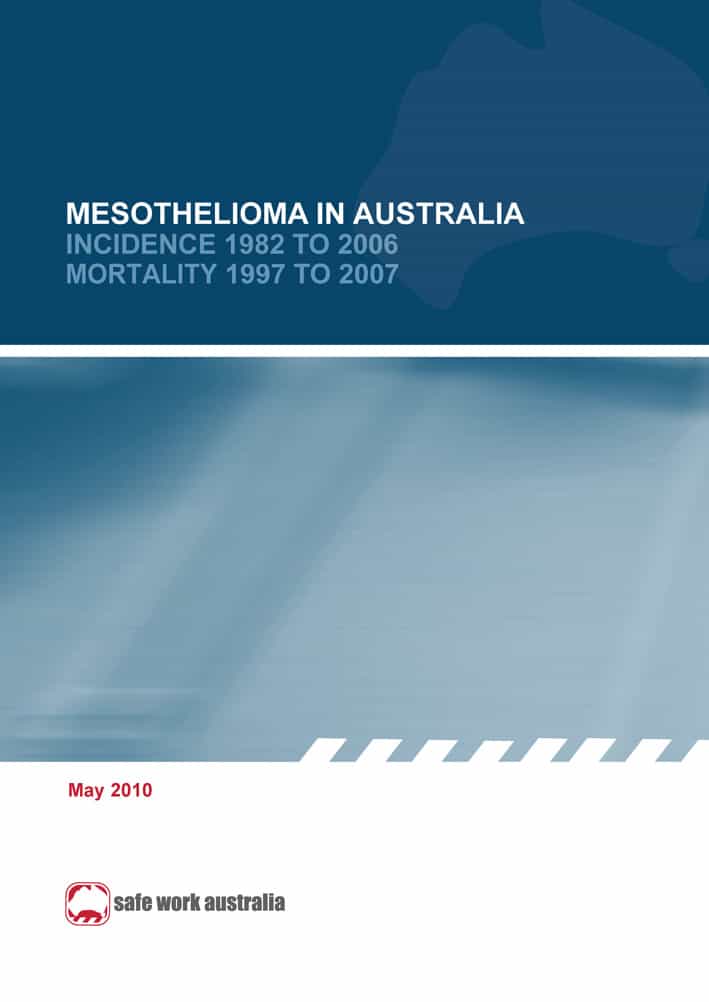A 19 May 2010 SafetyAtWorkBlog article commented on a new eye safety campaign by the Optometrists Association Australia. The eye safety brochure included several statistical references upon which clarification was sought.
 Shirley Loh, OAA’s National Professional Services Manager has provided references, and we thank her for her efforts.
Shirley Loh, OAA’s National Professional Services Manager has provided references, and we thank her for her efforts.
A couple of quotes in question were:
“60% of all eye injuries happen in the workplace and about 95% of eye injuries are the result of carelessness and lack of attention.”
“Up to 48% of office workers suffer from computer-related eye fatigue and this rate appears to be increasing. Excessive computer use can cause eye strain and reduce productivity.” Continue reading “Eye injury campaign evidence clarified”

